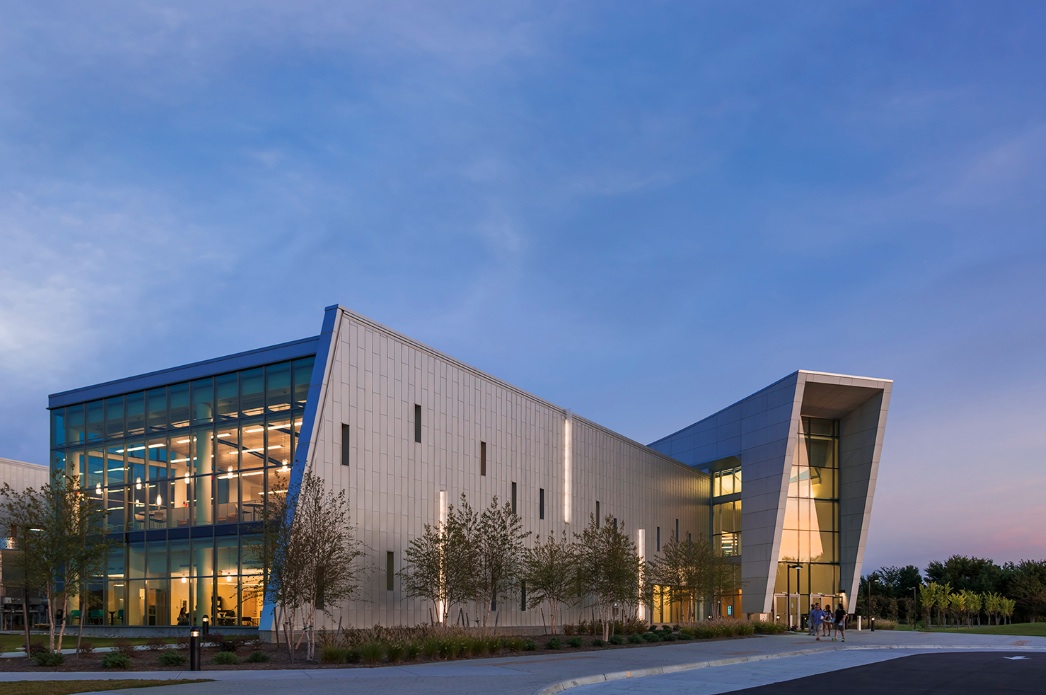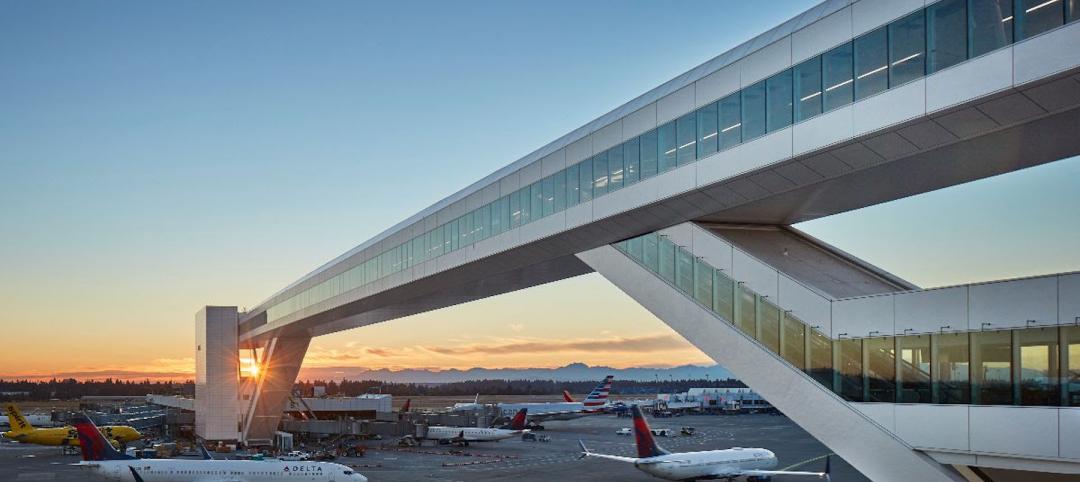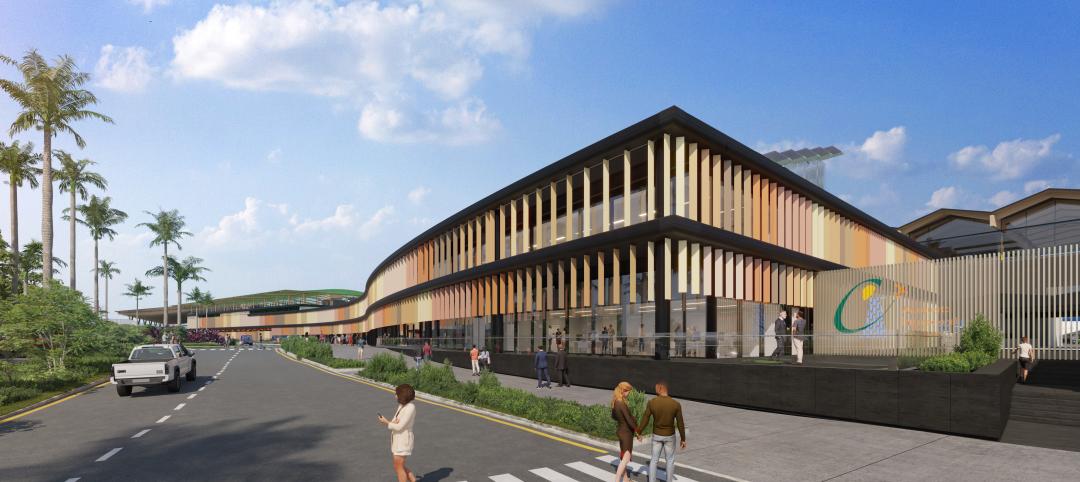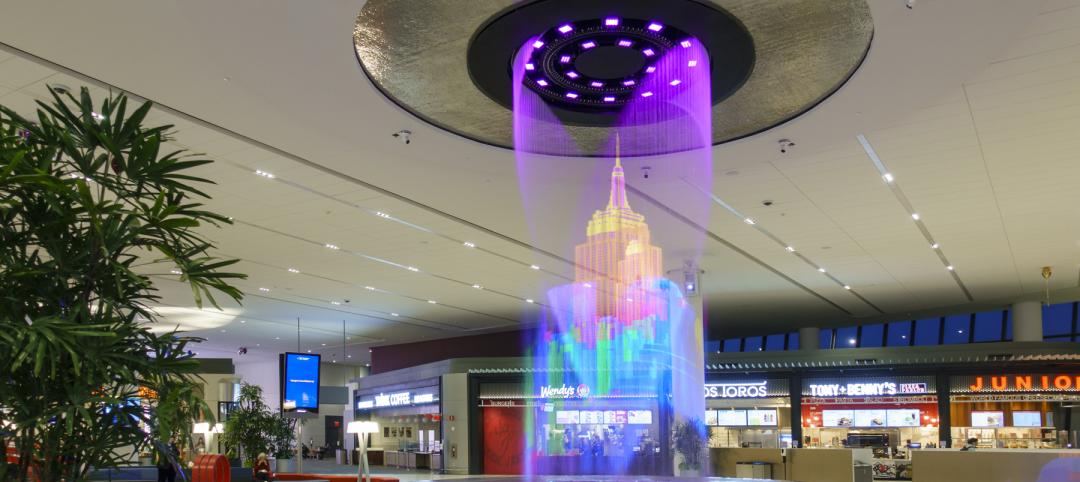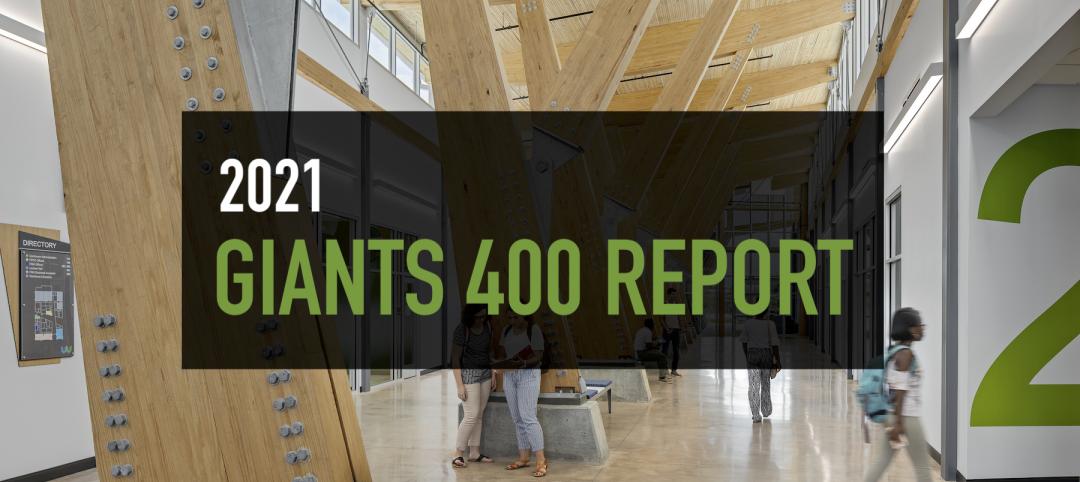According to expert forecasters, multifamily projects, the Panama Canal expansion, and the petroleum industry’s “shale gale” could be saving graces for commercial AEC firms seeking growth opportunities in an economy that’s provided its share of recent disappointments.
In a spring industry roundtable hosted by Reed Construction Data, economists from the American Institute of Architects, the Associated General Contractors of America, and RCD discussed the mixed signals in commercial design and construction, and the seemingly perennial predictions of a breakthrough.
The overall conclusion, according to Bernard Markstein, U.S. Chief Economist for RCD? The economy’s improving and employment is growing, but both ought to be better by now.
Nevertheless, Markstein identifies several positives in the overall picture. “The Federal Reserve has started to taper its activity, without too much impact on interest rates; these remain historically low,” he says. “Lenders are slowly loosening lending standards. We’ve already seen most of the impact of sharp cuts in federal spending, and those should be done for now.”
Multifamily continues to be a particularly bright spot, according to Markstein. Other sectors remain more problematic, with a brutal winter limiting overall activity in many regions.
TOP ARCHITECTURE FIRMS
2013 Architecture Revenue ($)1 Gensler $883,221,1892 Perkins+will 356,360,0003 NBBJ 196,784,0004 Kohn Pedersen Fox Associates 177,715,0005 Callison 160,912,3986 Perkins Eastman 155,000,0007 ZGF Architects 128,101,1368 Populous 111,754,0009 Corgan 95,097,37210 MulvannyG2 Architecture 73,200,000TOP ARCHITECTURE/ENGINEERING FIRMS
2013 A/E Revenue ($)1 Stantec $450,836,5752 HOK 400,000,0003 Skidmore, Owings & Merrill 334,525,3464 HDR 303,000,0005 HKS 255,063,6246 CannonDesign 213,000,0007 RTKL Associates 205,373,0008 SmithGroupJJR 162,973,0009 Hammel, Green and Abrahamson 119,100,00010 DLR Group 110,000,000
Kermit Baker, Chief Economist for the AIA, admits that “nonresidential construction has had a hard time building momentum behind the recovery,” and that the AIA Architecture Billings Index keeps hitting soft spots. Reconstruction, rather than new builds, currently represents a larger-than-usual share of the business, at about 25% of nonresidential construction activity.
Baker predicts that firms doing lodging, office, retail, and manufacturing projects should see decent results this year, with hotel construction especially hot (tracking at 37% growth from February 2013 to February 2014, according to the U.S. Census Bureau). Communication-related construction is another booming area, with growth at more than 50% year over year.
Giants 300 coverage of Architecture Firms brought to you by Sage www.sageglass.com
However, some sectors that represent bread-and-butter business for many top architecture firms are looking grimmer, especially healthcare (off about 4% from February to February) and education (down about 7%). Baker says project financing remains “a chronic problem.”
He believes the long-range outlook is better, however. “New design contracts have been growing, and those stats lead construction. Our member firms are building up more work.”
Ken Simonson, Chief Economist for the AGC of America, reported that his group’s members think the manufacturing, retail/lodging/warehouse, private office, and healthcare sectors should grow this year compared with 2013. Most members are feeling positive overall, he says. “For the first time, two-thirds of our respondents expect the market to upturn either this year or next year,” Simonson says. “In previous years I have been more optimistic than our members. Not this year.”
Tighter government spending on education and infrastructure, consumers’ interest in online buying, and companies’ drive to shrink office space per employee have all restrained commercial AEC growth, according to Simonson. But there are positive trends, as well. In addition to acknowledging the continued strength of the multifamily sector, he says big infrastructure projects provide ample opportunities for AEC firms positioned to take advantage of them.
In particular, Simonson points to massive development related to the so-called “shale gale”: exploitation of America’s petroleum reserves through advanced extraction technologies (notably, fracking). The employment is drawing large numbers of workers to areas that have previously been sparsely populated. Primary “shale gale” zones, or “plays,” include the Bakken (North Dakota/Montana/Saskatchewan), the Niobrara (Kansas/
Wyoming), the Permian (Texas/New Mexico), the Eagle Ford (Texas), the Haynesville (Texas/Louisiana), and the Marcellus (West Virginia/Pennsylvania/New York).
Firms that do large infrastructure projects related to roads, site prep, piping, rail lines, and drilling obviously will benefit, but there’s also an urgent need for housing (typically, modular dorms and extended-stay hotels), recreational facilities, and food service. Nearby existing towns also benefit, not only in terms of hotel, apartment, and restaurant construction but also retail, healthcare, education, and government projects. The burgeoning industry entails environmental controversy, turbulent politics, and an uncertain future, but for now, building is proceeding at a rapid clip.
Simonson also points to upcoming development in U.S. port cities on both coasts and the Gulf of Mexico linked to expansion of the Panama Canal, which is set to be completed next year. Again, in addition to big infrastructure, related facilities will be needed: warehouses, terminals, equipment garages, and even data centers. Incoming workers may also need new housing and services facilities. Commercial AEC firms with the right capabilities could reap big gains.
Read BD+C's full 2014 Giants 300 Report
Related Stories
Airports | Jun 2, 2022
SOM-designed International Arrival Facility at Seattle’s Sea–Tac airport features the world’s largest aerial walkway
The Skidmore, Owings & Merrill (SOM)-designed International Arrivals Facility (IAF) at Seattle-Tacoma International Airport has opened, replacing a 50-year-old arrival facility.
Sponsored | BD+C University Course | May 3, 2022
For glass openings, how big is too big?
Advances in glazing materials and glass building systems offer a seemingly unlimited horizon for not only glass performance, but also for the size and extent of these light, transparent forms. Both for enclosures and for indoor environments, novel products and assemblies allow for more glass and less opaque structure—often in places that previously limited their use.
Airports | Apr 4, 2022
Dominican Republic airport expansion will add mixed-use features
The recently revealed design concept for the expansion of Santiago International Airport in the Dominican Republic includes a transformation of the current building into a mixed-use space that features an office park, business center, and hotel.
Codes and Standards | Mar 4, 2022
FAA offers $1 billion in grants for airport terminal and tower projects
The Federal Aviation Administration (FAA) is now accepting applications for about $1 billion in grants for airport projects during fiscal year 2022.
Resiliency | Feb 15, 2022
Design strategies for resilient buildings
LEO A DALY's National Director of Engineering Kim Cowman takes a building-level look at resilient design.
Sponsored | Resiliency | Jan 24, 2022
Blast Hazard Mitigation: Building Openings for Greater Safety and Security
Coronavirus | Jan 20, 2022
Advances and challenges in improving indoor air quality in commercial buildings
Michael Dreidger, CEO of IAQ tech startup Airsset speaks with BD+C's John Caulfield about how building owners and property managers can improve their buildings' air quality.
Giants 400 | Oct 22, 2021
2021 Airport Sector Giants: Top architecture, engineering, and construction firms in the U.S. airport facilities sector
AECOM, Hensel Phelps, PGAL, and Gensler top BD+C's rankings of the nation's largest airport sector architecture, engineering, and construction firms, as reported in the 2021 Giants 400 Report.
| Oct 14, 2021
The future of mass timber construction, with Swinerton's Timberlab
In this exclusive for HorizonTV, BD+C's John Caulfield sat down with three Timberlab leaders to discuss the launch of the firm and what factors will lead to greater mass timber demand.
Giants 400 | Aug 30, 2021
2021 Giants 400 Report: Ranking the largest architecture, engineering, and construction firms in the U.S.
The 2021 Giants 400 Report includes more than 130 rankings across 25 building sectors and specialty categories.


